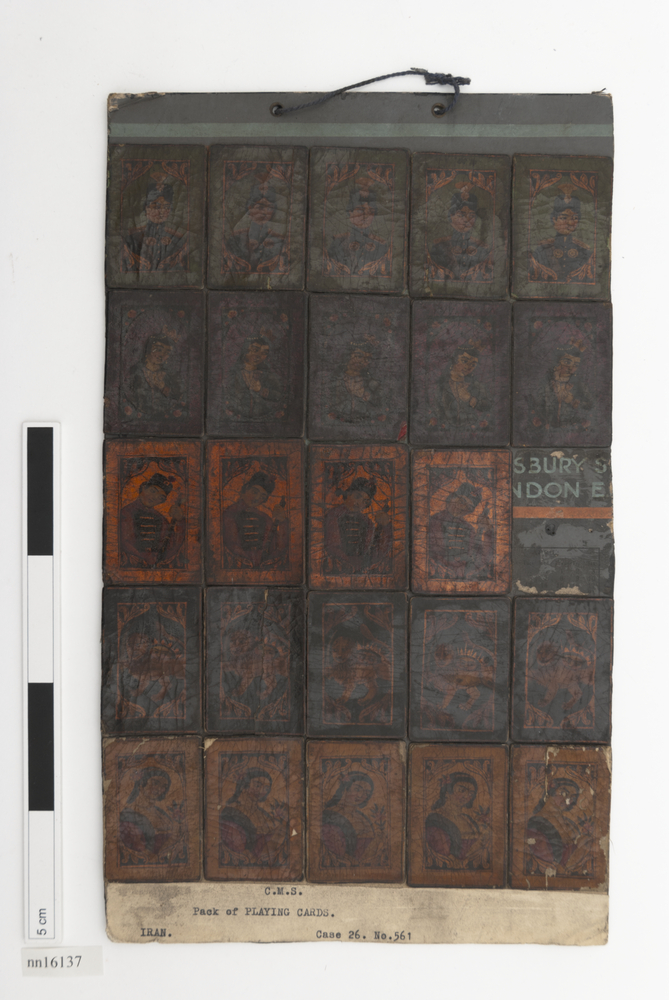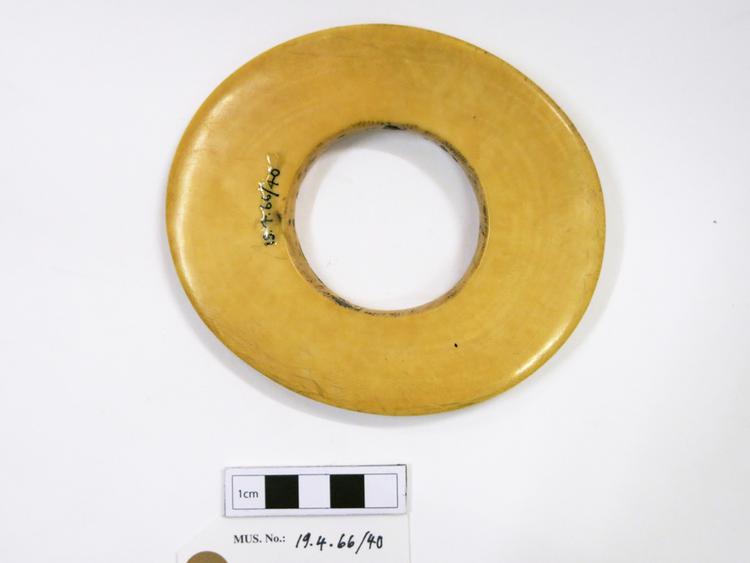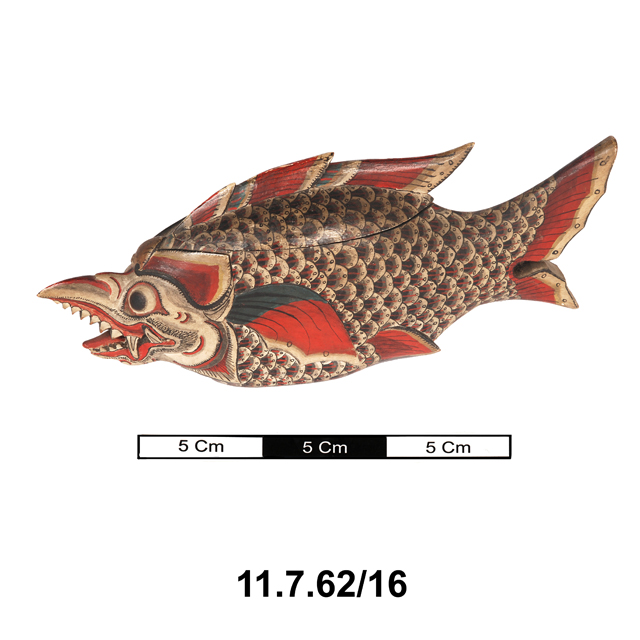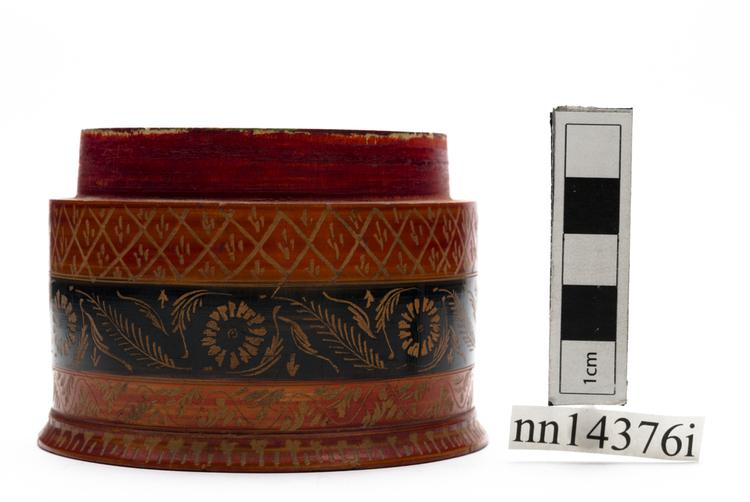
Set of 25 playing cards for tha game of ās, one missing, mounted on thick card with a string at the top for suspension. The cards depict five suits of courtly portraits: 1. Male figure in a plumed hat (the shah or king); 2. Female figure wearing a crown (the bibi or queen); 3. Male figure holding a weapon (the sarbāz or jack); 4. Lion and human-faced sun (Ḵoršid-ḵānom) (the ās or ace) ; 5. Female figure holding flowers (the lakkāt or harlot). The cards are printed on paper and lacquered with cloth backing on card. They are in the Qajar style.
These cards comprise a set which could be used for playing ās, a game which became popular in Iran during the Qajar dynasty (1785 to 1925). Ās replaced ganjafa, which was the card game associated with the Safavid dynasty. Cards used for playing ās are distinguished from each other by five ground colours. They are ranked as follows starting with the highest: black: Ās (the Ace); green: Šāh (the Shah); yellow: Bibi (the Queen); golden yellow: Sarbāz (the Jack); and red: Lakkāt (the Harlot, the lowest in value). The faces of the Horniman cards (nn16137) are decorated in a style typical for ās cards: images are framed by medallions with foliate decoration in the corners. The ās is represented by a lion and the human-faced sun (Ḵoršid-ḵānom) , a motif chosen by the Qajar Dynasty as their badge. The šāh is shown in a European-style officer’s uniform. The bibi is shown admiring a flower. The sarbāz is represented by a soldier with a musket in a European-style uniform with frogging and a tufted(?) cap bage. The lowest suit, the lakkāt, is represented by a woman drinking from a wine glass. The use of European uniforms for the shah and the sarbāz’s costumes reflects increasing European influence over the organisation, training and equipment of Iran’s military during the nineteenth century. The Encyclopaedia Iranica tells us that: “The rules [of ās] are similar to those of American poker but there is no flush, straight flush, colour and straight. Moreover it is not possible to exchange cards because a pack is composed of 25 cards only, with five suits. Normally five persons play, each one receiving five cards. The highest hand is panj-sar, which means a player has five cards of one suit. Should more than one player who placed his stakes have a suit, the one whose suit has the higher value wins the game, i.e. the suit of ās precedes that of Shahs etc. The next highest hand is čāhār-sar, which means holding four cards of one suit. It is followed by se-opas, i.e. three cards of one suit and two of another. This is followed by se-sar, i.e. three cards of a suit and two cards of different suits. Then do-pas follows for which the player needs two cards of two suits each. The lowest hand is do-sar, i.e. two cards of one suit. Bluffing is a main feature of this game.” (Roschanzamir, M, 2011).






